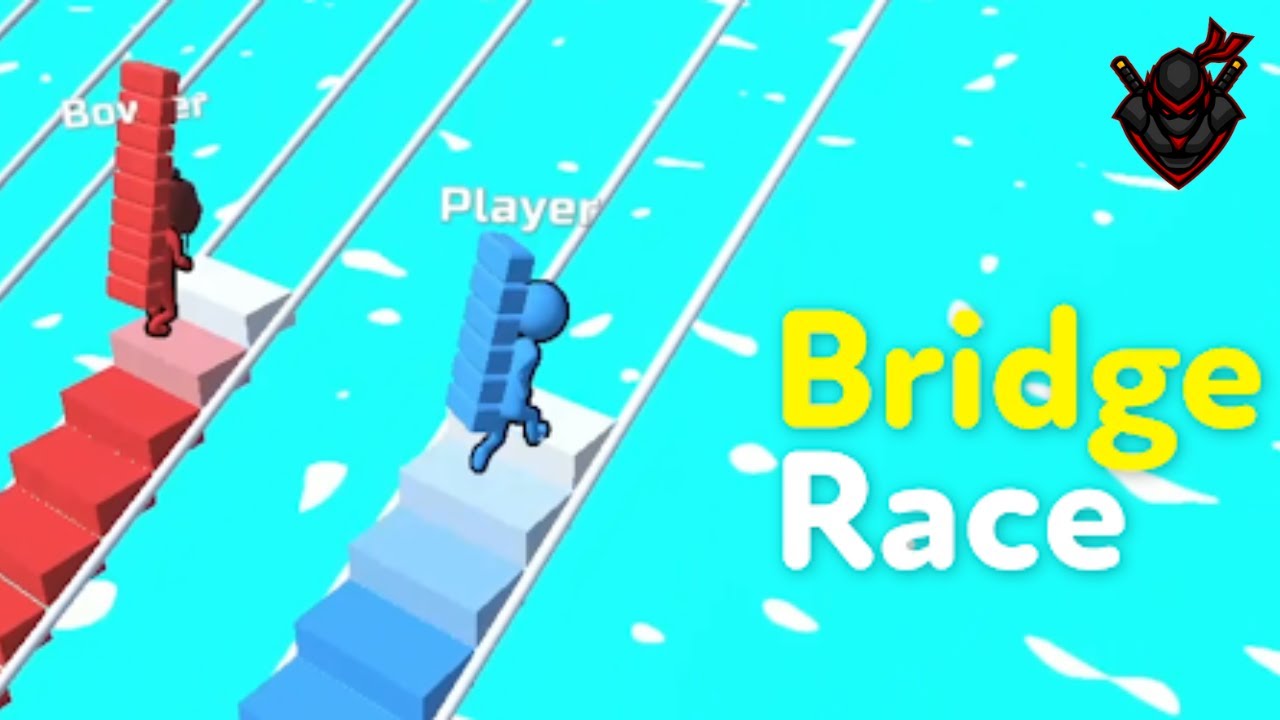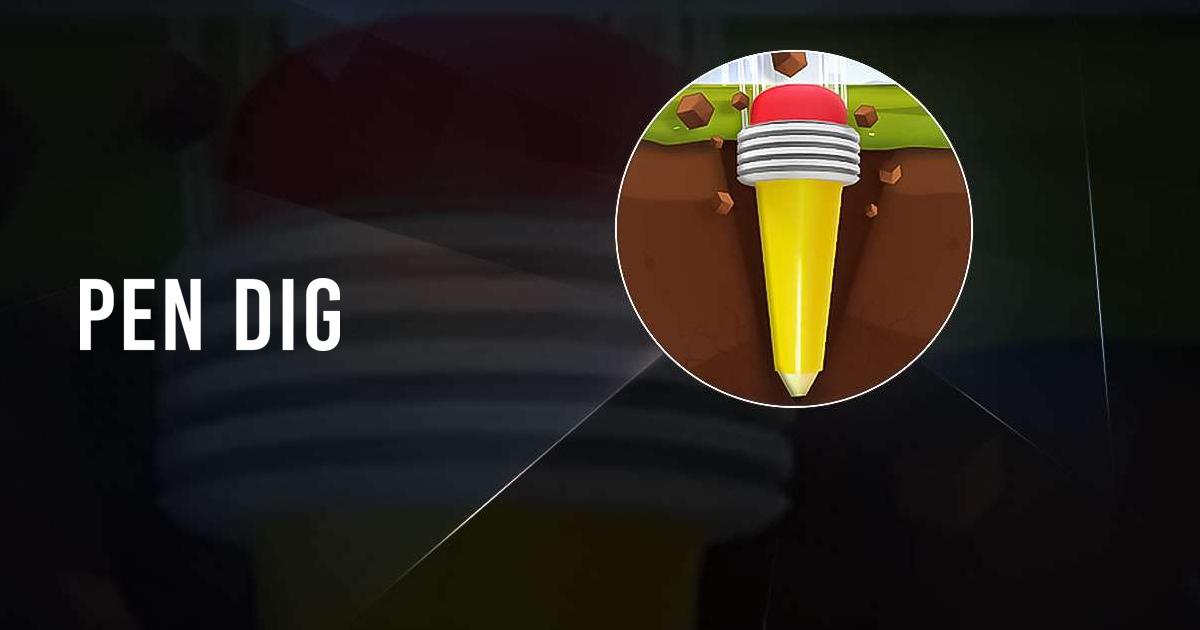Introduction
Step dance is an exciting and energetic game that combines rhythm, movement, and a sense of community. Often associated with various cultural traditions, this dance style encourages participants to express themselves while engaging in a fun and interactive activity. Whether you’re looking to understand the mechanics of step dance, its history, or how to organize a step dance game, this comprehensive guide will provide all the information you need.
What is Step Dance?
Step dance is a form of dance characterized by rhythmic foot movements and patterns, often performed in unison with a group. This dance style is primarily distinguished by its percussive nature, where dancers create beats and sounds with their feet. Step dance can be seen in various forms around the world, including traditional folk dances and modern interpretations.
The Origins of Step Dance
Step dance has deep roots in various cultures, particularly within African American communities, where it evolved as a means of expression and storytelling. The tradition of stepping has connections to African dance, military drills, and the rhythms of life in communal settings. Over time, it developed into a performance art form, seen in schools, colleges, and competitive settings.
The Elements of Step Dance
Step dance incorporates various elements that contribute to its unique appeal. Understanding these components will enhance your appreciation and performance of the dance.
Rhythm and Timing
At its core, step dance is all about rhythm. Dancers must be attuned to the beat of the music or the sounds they create with their movements. This requires a strong sense of timing and coordination, as dancers often move in sync with one another, creating a visually and audibly captivating performance.
Footwork and Techniques
The footwork in step dance is intricate and dynamic. Dancers utilize a variety of techniques, including stomping, clapping, and sliding, to produce rhythm and style. Some common footwork patterns include:
- Stomps: Heavy footfalls that create a strong beat.
- Claps: Hand movements that accentuate foot strikes and enhance the overall rhythm.
- Slides: Smooth movements that add flair and transition between steps.
Formation and Group Dynamics
Step dance is typically performed in groups, where formations play a crucial role in the visual appeal of the performance. Dancers often arrange themselves in lines or circles, moving in harmony to create intricate patterns. The unity of the group is vital, as the success of the performance relies on each dancer’s ability to stay in sync with the others.
How to Play Step Dance: A Step-by-Step Guide
If you’re interested in participating in a step dance game, follow these steps to get started:
Step 1: Gather a Group
Step dance is best enjoyed with others. Gather a group of friends, family, or colleagues who are interested in learning or participating in the game. The more, the merrier!
Step 2: Choose Music
Select upbeat music that resonates with everyone in the group. This could be anything from traditional step dance tracks to modern hip-hop beats. The music sets the tone for the dance, so choose something that inspires movement and energy.
Step 3: Learn Basic Steps
Before diving into complex routines, it’s essential to learn some basic step dance moves. Start with simple patterns that incorporate stomps, claps, and slides. Practice these movements until you feel comfortable with the rhythm and coordination.
Step 4: Formulate a Routine
Once everyone has a grasp of the basic steps, work together to create a routine. Decide on formations and transitions, ensuring that all dancers are involved in the choreography. This is a great opportunity for creativity and collaboration, as you can incorporate different styles and personal touches into the routine.
Step 5: Rehearse
Practice is key to a successful step dance performance. Schedule regular rehearsals to refine your routine, focusing on synchronization, timing, and transitions. Encourage open communication within the group to address any challenges and enhance the overall performance.
Step 6: Perform
When you feel confident in your routine, it’s time to showcase your hard work! Organize a performance for friends, family, or the community. This could be at a local event, school function, or even an online showcase. Enjoy the experience of sharing your step dance with others!
Step Dance in Popular Culture
Step dance has made its mark on popular culture, influencing various forms of entertainment, including music, film, and television.
Movies and Television Shows
Several films and television shows have showcased step dance, bringing it to a broader audience. Movies like “Stomp the Yard” and “Step Up” feature intense step dance competitions, highlighting the skill and creativity of the performers. These productions have helped to popularize the art form, inspiring new generations to explore step dance.
College Step Shows
College step shows are a prominent aspect of step dance culture. Many fraternities and sororities incorporate stepping into their traditions, often hosting competitions that draw large crowds. These events celebrate creativity, teamwork, and cultural pride, showcasing the talents of collegiate performers.
Online Platforms and Social Media
With the rise of social media platforms, step dance has found a new avenue for expression. Dancers share videos of their performances, tutorials, and challenges, allowing them to connect with a global audience. Platforms like TikTok and Instagram have helped to propel step dance into the spotlight, encouraging participation and creativity.
Benefits of Step Dance
Participating in step dance offers numerous benefits, both physically and mentally. Here are some key advantages:
Physical Fitness
Step dance is a full-body workout that improves cardiovascular health, strength, and flexibility. The high-energy movements engage various muscle groups, promoting overall fitness and endurance. Regular practice can lead to improved coordination and balance.
Social Connection
Step dance is a communal activity that fosters friendships and connections. Engaging with others in a group setting promotes teamwork and collaboration, creating lasting bonds among participants.
Stress Relief and Self-Expression
Dancing is an excellent way to relieve stress and express oneself creatively. Step dance allows individuals to channel their emotions through movement, providing an outlet for personal expression and enjoyment.
Cultural Appreciation
Step dance is rooted in rich cultural traditions, offering participants the opportunity to learn about and appreciate diverse heritages. Engaging with step dance can foster cultural understanding and respect.
Conclusion
Step dance is more than just a game; it is a vibrant art form that brings people together through rhythm, movement, and creativity. By understanding its history, mechanics, and cultural significance, participants can fully appreciate and enjoy this engaging activity. Whether you’re looking to learn new moves, participate in a group performance, or simply enjoy the rhythm, step dance offers a fulfilling experience for everyone involved. Embrace the beat, gather your friends, and let the joy of step dance inspire your movements and your life.


